 |
|
Hwangsa season is upon us — that time of year when the sky turns yellow and your throat gets extremely sore because of the dust-filled air.
Hwangsa, or yellow sand in Korean, is the season when yellow dust storms from Mongolia and China blow east and blanket Korea.
Concerns are rising as the sandstorms are expected to occur more frequently this year. Regions that generate the yellow dust are experiencing increased desertification as a result of industrialization and logging.
According to the Ministry of Environment, the average number of days Korea is hit with yellow dust per year is growing.
In the 1980s, storms hit Korea for an average of 3.9 days, while in the 1990s, the number of days jumped to 7.7. From 2000 to 2011, Korea experienced yellow storms 11.8 days per year on average.
The density of the dust particles has also become more severe in recent years. According to the Ministry of Environment, the hourly average of dust density during yellow sand season was 933 micrograms per cubic meter in 2008. The figure jumped to 1,157 micrograms per cubic meter in 2009 and 1,354 micograms per cubic meter last year.
According to the Korea Meteorological Administration, this year Korea will see yellow dust not only more frequently, but sandstorms will be concentrated in the months of April and May instead of March to May and could last up until the monsoon season in July.
The first sandstorm that hit Korea’s western regions and Jeju Island was from China’s Gobi Desert and Inner Mongolia on March 24. The density measurement was 152 micrograms per cubic meter in Jeju. A special warning is given when dust density is over 800 micrograms per cubic meter.
Last year, Korea saw its first sandstorm on March 19.
"The yellow dust coming to Korea passes through China, which produces harmful emissions due to its urban growth," said an official from the KMA.
"The dust storms hitting Korea will include a high level of heavy met-als, viruses and microorganisms that can cause asthma, bronchitis, conjunc-tivitis and skin problems."
Dust particles from the desert com-bine with factory emissions in China before they reach Korea.
A recent study by the National In-stitute of Meteorological Research also showed that Korea is experiencing more dust from the Manchurian region in northeastern China.
According to the institute, yellow dust from Manchuria can arrive on the Korean Peninsula within 24 hours. As for dust storms occurring from the Gobi Desert in Mongolia, they take more than two days to make it here.
Based on the institute’s study of the origins of the yellow dust coming into Korea over the last 10 years from 2002 and 2011, of the 93 storms that flowed into the peninsula, 53 percent came from the Gobi Desert and Inner Mon-golia.
There were 18 storms from Man-churia over the same period, account-ing for 19 percent of the total number of storms that hit Korea. In the first five years of the period, Manchuria-origi-nated storms took up merely 16 per-cent, however, in the latter five years, it increased to 22 percent.
"The vast cornfields of the Man-churian region are exposed during the spring season before planting begins, which creates opportunities for dust if the weather is dry and there are strong winds," said Jeon Young-shin, a re-searcher from the weather institute.
"The Manchurian region is wit-nessing rapid desertification with the increase in population, creating strong yellow dust storms harmful to the hu-man body."
According to the official, dust storms from Manchuria pass through North Korea. The North’s dearth of communication with the South makes it harder for South Korean meteorolo-gists to predict them.
On April 8, 2006, South Korea suf-fered one of its worst dust storms, and weather officials were not able to pre-dict it. The KMA later explained that it wasn’t sure of the storm’s direction be-cause it passed through the North.
"When the sky is cloudy, it is dif-ficult to forecast yellow dust using only a satellite. Meteorologists need to constantly check the level of dust par-ticles on the ground," said Chung Yong-seung, director of the Korea Cen-ter for Atmospheric Environment Re-search.
"But South Korean meteorologists are not notified of dust particles pass-ing over North Korean land."
The South Korean government in-stalled a weather observation station on the North's Mount Kumgang in Au-gust 2007 as part of a South-North co-operative meteorological project and had received information on dust par-ticles the following month.
However, due to the sour relation-ship between the two countries, the project was halted in May 2008.
한글관련기사
황사, 10년간 매년 1~2차례 경보급 관측
1일 기상청은 ‘황사특보제’ 시행 이래 최고농도는 2010년 3월20일~21일 흑산도에서 2712㎍/㎥이고 그 다음으로 높은 농도는 2371㎍/㎥(2006년 4월 8일, 백령도), 2019㎍/㎥(2007년 4월 1일, 대구) 등이라고 밝혔다. 또 매년 평균 1~2회 정도의 경보급 황사가 관측되고 있는 것으로 집계됐다.
또한 봄 이외에 관측된 경보급 황사로는 가을에 백령도에서 최고농도 1664㎍/㎥(2010년 11월 11일), 겨울에 수원에서 최고농도 1132㎍/㎥(2009년 12월 25일)를 기록한 사례가 있었다.
기상청에 따르면 2002년부터 2011년까지 우리나라에서 관측한 황사는 총 93건이며 각 사례들의 발원 및 이동경로를 분석한 결과 약 80%의 황사는 고비사막과 내몽골에서 발원했다. 중국 북동지역인 만주에서 발원한 황사는 황사농도 관측 공백지역인 북한을 거쳐 우리나라에 영향을 주는데 2002~2006년에 6건이 관측됐으며 2007~2011년에는 12건으로 늘었다.
지난달 30일 중국 북부지방에서 발원한 황사는 주로 우리나라 상층으로 통과했으나 그 중 일부가 하강기류를 타고 떨어져 중부 일부지방에서 31일 낮부터 옅은 황사로 나타났다.
이어 31일 중국 북동부지방에서 발원한 황사의 일부가 북풍을 타고 유입되면서 주 황사대는 북한지방을 통과하고 이 중 일부가 우리나라 중부지방 상공을 지나며 서울을 포함한 중부산지와 서해안 일부 지방을 중심으로 1일 아침 미세먼지 농도가 평상시 보다 높게 조사됐다.
1일과 2일은 고비사막과 황토고원에서, 3~4일 경에는 고비·내몽골고원·중국북동지방에서 강풍대가 형성돼 황사가 발원할 것으로 기상청은 내다보고 있다. 발원강도나 기류에 따라 우리나라에 영향 여부는 유동적일 전망이다.




